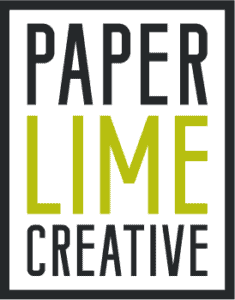This week we are elaborating on a post from a couple of weeks ago! You now know the difference between a Raster and a Vector, woohoo! But why on earth are there so many different graphic design file types?
In this post, we’re going to break down the different types of vector and raster files, what their abbreviations mean and when it’s best to use them.
Raster Files

JPEG (.jpg) Joint Photographic Experts Group
JPEGs are the everyman file for raster images. They can be large (several MB), they can be small (a couple of hundred KB) and are very versatile and easy to use. You’re probably most familiar with this format. This is what your cell phone or digital camera photos are. JPEGs are a “lossy” file type, and every time you save a JPEG you will lose information. When the same file gets saved over and over it can deteriorate the quality. It’s important to keep original files original, and any edits you make should go on a copy. JPEGs cannot be transparent.
TIFF (.tif) Tagged Image File Format
TIFFs are the preferred raster type for print and publishing. They are high resolution, large file sizes that can be easily manipulated in programs like Photoshop. TIFF is a great format for photos with deep colours and high clarity. TIFFs can have transparent backgrounds.
PNG (.png) Portable Network Graphics
PNGs are a reliable web format for graphic design file types. They can have large file sizes but tend to be on the smaller side because of their popularity for web usage. PNGs can have transparent backgrounds which makes them easy to use for many DIYers.
Vector Files
PDF (.pdf) Portable Document Format
PDFs are the everyman for vector images! You’re probably very familiar with PDFs and it is a highly versatile file type. Documents, images, and so much more are sent via PDF. For your branding, this is a friendly and easy-to-use file type for your logo that you can open up in most programs. All vector file types will have transparent backgrounds.
AI (.ai) Adobe Illustrator
AI files are proprietary files to Adobe Illustrator, part of the Adobe Creative Cloud. This is the industry standard for graphic production, so it won’t phase your average graphic designer. However, you will probably not be able to open this file up except in Preview. That’s okay — keep it! Designers like to have these files to work with. You may have a hitch where your designer doesn’t use the Adobe Creative Cloud and instead uses Corel or another alternative. This is where our next file type, the EPS comes in handy.

EPS (.eps) Encapsulated PostScript
Maybe it’s bold of me to say, but I think the EPS is every designer’s favourite graphic design file type. EPSs are fantastic because you can convert an EPS into any of the other file types I’ve listed here today. It’s the most universal and easy to use. Need a PNG? Boom we can create one for you. Need it in a different colour? Boom it opens up in any graphic design software. Just like the AI if you don’t have graphic editing software on your computer, you may not be able to open this.
While this may seem like quite specialized information I hope it helps you with a trivia night or when you’re going through your branding files and unsure whether to keep something or not. Having the right file on hand can save you so much time and money when it comes to working with different vendors.
Need some help going through those files?
Not sure if you have everything you need? Give us a shout, we’d be happy to hop on a consultation call to point you in the right direction.
